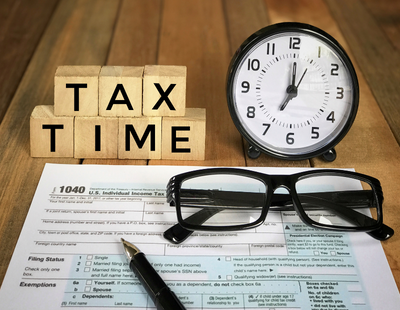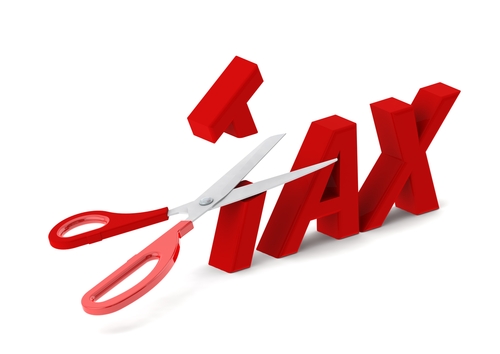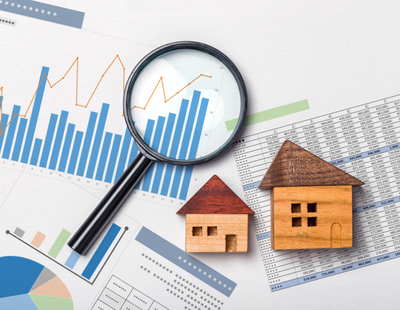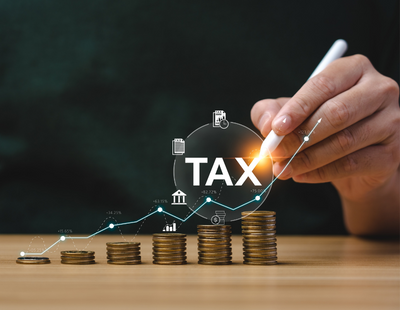Higher rate taxpayers benefit from tax relief at their highest marginal rate – which effectively extends the basic rate tax band by however much you pay in. As a result, it can push people out of paying higher rate tax altogether.
You can pay up to £40,000 into your pension this tax year, and up to £60,000 next year. You can also carry forward unused allowances from the previous three tax years.
If your employer offers a salary sacrifice scheme, you get even more of a benefit, because you don’t pay National Insurance on sums you sacrifice into your pension either.
2. Escape the high-income child benefit tax charge
The benefit of paying into a pension doesn’t necessarily stop there. It also reduces your net adjusted income. If you are a parent earning between £50,000 and £60,000, cutting back towards £50,000 means you can reduce your high-income child benefit tax charge. If you’re earning just over £60,000, you may also be able to use the technique to cut at least some of the charge.
3. Use pensions to deal with the £100,000 threshold
If someone earning over £100,000 pays into their pension, and cuts their adjusted net income, it means they get back some of their personal allowance, so for every £2 their income falls, they’ll get £1 of their allowance back. It means less of their income is subject to tax at an eye-watering 60%. Plus, if a parent can bring their income back under £100,000, they may also keep their eligibility to tax-free childcare too.
4. Make use of your CGT allowance before you lose it
Higher rate taxpayers pay 20% on capital gains on investments and 28% on gains from property. In the current tax year, you can make gains of £12,300 before you pay tax on them, whereas from April 6 this drops to £6,000. If you have investments outside an ISA, it’s worth considering taking advantage of your allowance in every tax year. You can use the Bed and ISA process to move these assets into an ISA.
Don’t forget, you can offset any capital losses you make during the tax year against gains. If your total taxable gain is still over the tax-free allowance, you may be able to deduct any unused losses from previous tax years. If just some of your losses reduce your gain to below the tax-free allowance, you can carry forward the remaining losses to a future tax year.
5. Shelter as much of your income-paying assets in ISAs as possible.
Higher rate taxpayers pay tax on dividends at 33.75%. In the current tax year, they have an allowance of £2,000 but that drops to £1,000 in the next tax year. If you use the Bed and ISA process to shelter income-producing assets in an ISA, you won’t pay tax on these dividends. Because the dividend tax rate is higher than the capital gains tax rate, it’s often worth prioritising this when making decisions about how to use your ISA allowance.
6. Consider your cash ISA.
You have a £500 personal savings allowance, but now that the most competitive fixed rates have pushed as high as 4.5%, it means any higher rate taxpayer with savings of over £11,000 could face tax at 40% on some of their interest. You need to factor in the fact that cash ISA rates tend to be slightly lower than their savings accounts equivalents. However, those with large cash holdings, especially those who are nearing the additional rate tax threshold, at which point the personal savings allowance is lost, may want to consider a cash ISA.
7. Plan as a couple
If you’re married or in a civil partnership and your partner pays a lower rate of tax, you can transfer income-producing assets into their name, so you can both take advantage of your allowances, and then the rest is taxed at their marginal rate rather than yours.
8. Consider your tax position next year
This is particularly key if you’re expecting to become a basic rate taxpayer - which often happens in retirement. Usually in this position, people will consider delaying receiving income or capital gains so they pay a lower rate on them. However, this year the falling capital gains tax and dividend tax allowances will mean you’ll need to calculate whether this is still worthwhile.
9. Make a charitable donation
This will cut your tax bill – although clearly won’t leave you better off overall financially. The charity will receive 20% in gift aid, and you can claim back the other 20% through your tax return. You also get the benefit of knowing you have donated to a charity you care about.
10. Consider a Venture Capital Trust
These aren’t right for everyone, because they are very high risk, so should only ever be considered as a small part of a large and diverse portfolio. However, if you use these schemes, you can get up to 30% income tax relief on the amount you invest – which can reduce your overall tax bill."
Want to comment on this story? Our focus is on providing a platform for you to share your insights and views and we welcome contributions.
If any post is considered to victimise, harass, degrade or intimidate an individual or group of individuals, then the post may be deleted and the individual immediately banned from posting in future.
Please help us by reporting comments you consider to be unduly offensive so we can review and take action if necessary. Thank you.















.png)





Join the conversation
Jump to latest comment and add your reply
Wish (?) I earned that much.
How many hoops is that to jump through, its a mockery, any figures on the millions that don’t pay tax ?.
Giving money to a Charity that begins at home.
Please login to comment